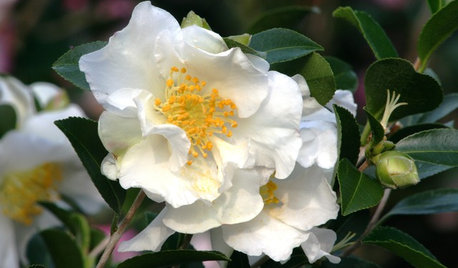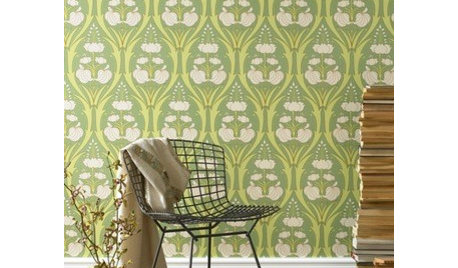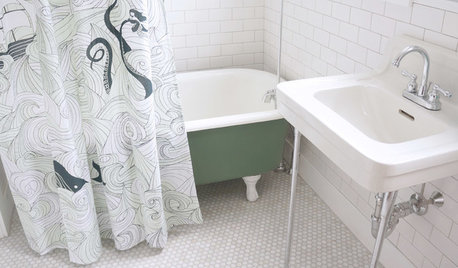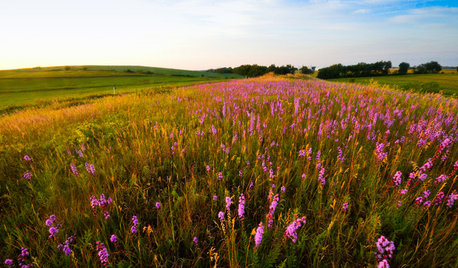camellias and shade - help
sandy93
15 years ago
Related Stories

FLOWERSGreat Design Plant: Sasanqua Camellia
Pretty fall flowers belie this plant's hardworking nature and relative tough attitude toward disease
Full Story
Guest Picks: Give Your Home a Helping of Spring Greens
Celebrate garden growth with this collection of housewares and gardening gear in the shades of budding plants
Full Story
COLORPick-a-Paint Help: How to Quit Procrastinating on Color Choice
If you're up to your ears in paint chips but no further to pinning down a hue, our new 3-part series is for you
Full Story
COLORPick-a-Paint Help: How to Create a Whole-House Color Palette
Don't be daunted. With these strategies, building a cohesive palette for your entire home is less difficult than it seems
Full Story
EXTERIORSHelp! What Color Should I Paint My House Exterior?
Real homeowners get real help in choosing paint palettes. Bonus: 3 tips for everyone on picking exterior colors
Full Story
STANDARD MEASUREMENTSThe Right Dimensions for Your Porch
Depth, width, proportion and detailing all contribute to the comfort and functionality of this transitional space
Full Story
BATHROOM MAKEOVERSRoom of the Day: See the Bathroom That Helped a House Sell in a Day
Sophisticated but sensitive bathroom upgrades help a century-old house move fast on the market
Full Story
GARDENING GUIDESHelp Fuel the Monarch Migration With These 6 Prairie Plants
Try these nectar-rich beauties and help autumn monarchs
Full Story
COLORPaint-Picking Help and Secrets From a Color Expert
Advice for wall and trim colors, what to always do before committing and the one paint feature you should completely ignore
Full StoryMore Discussions







luis_pr
sandy808
Related Professionals
Brentwood Landscape Architects & Landscape Designers · Sand Springs Landscape Architects & Landscape Designers · Paradise Landscape Architects & Landscape Designers · Stoughton Landscape Contractors · Beverly Hills Landscape Contractors · Fairfield Landscape Contractors · Fridley Landscape Contractors · Nashua Landscape Contractors · Paramount Landscape Contractors · Vacaville Landscape Contractors · Washington Landscape Contractors · Maplewood Landscape Contractors · Ontario Swimming Pool Builders · Orangevale Swimming Pool Builders · Rancho Cordova Swimming Pool Builders